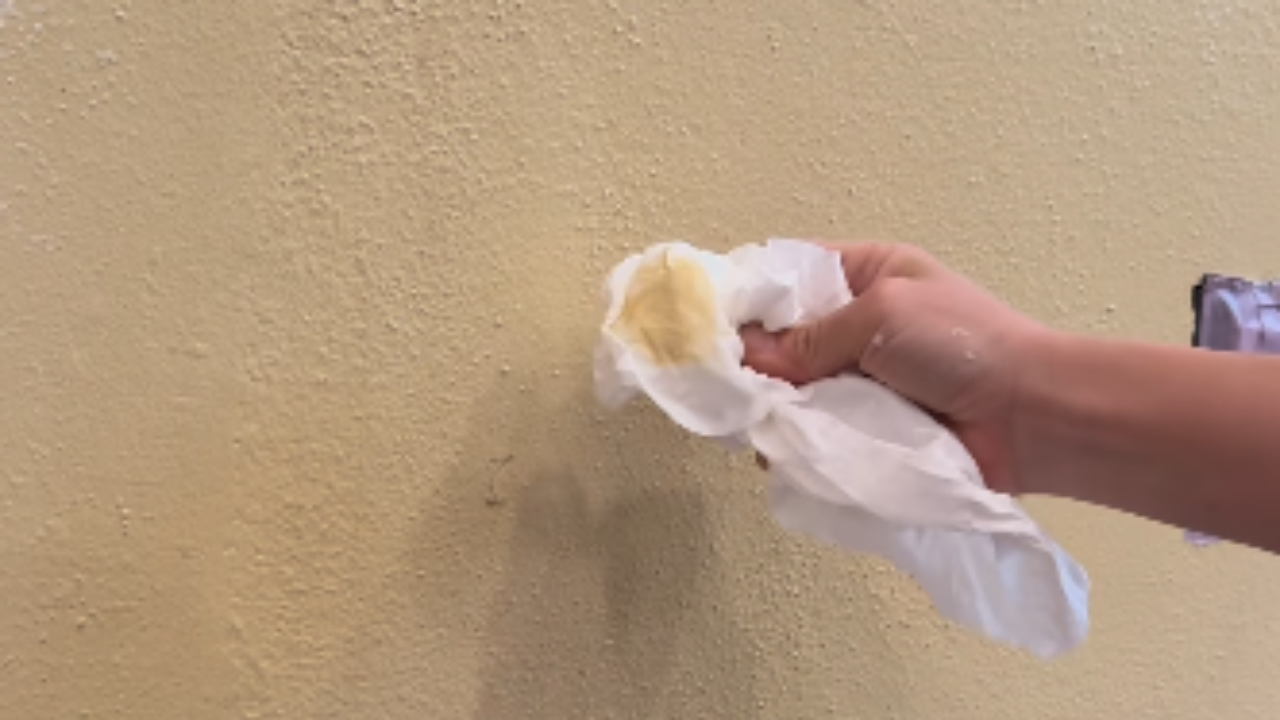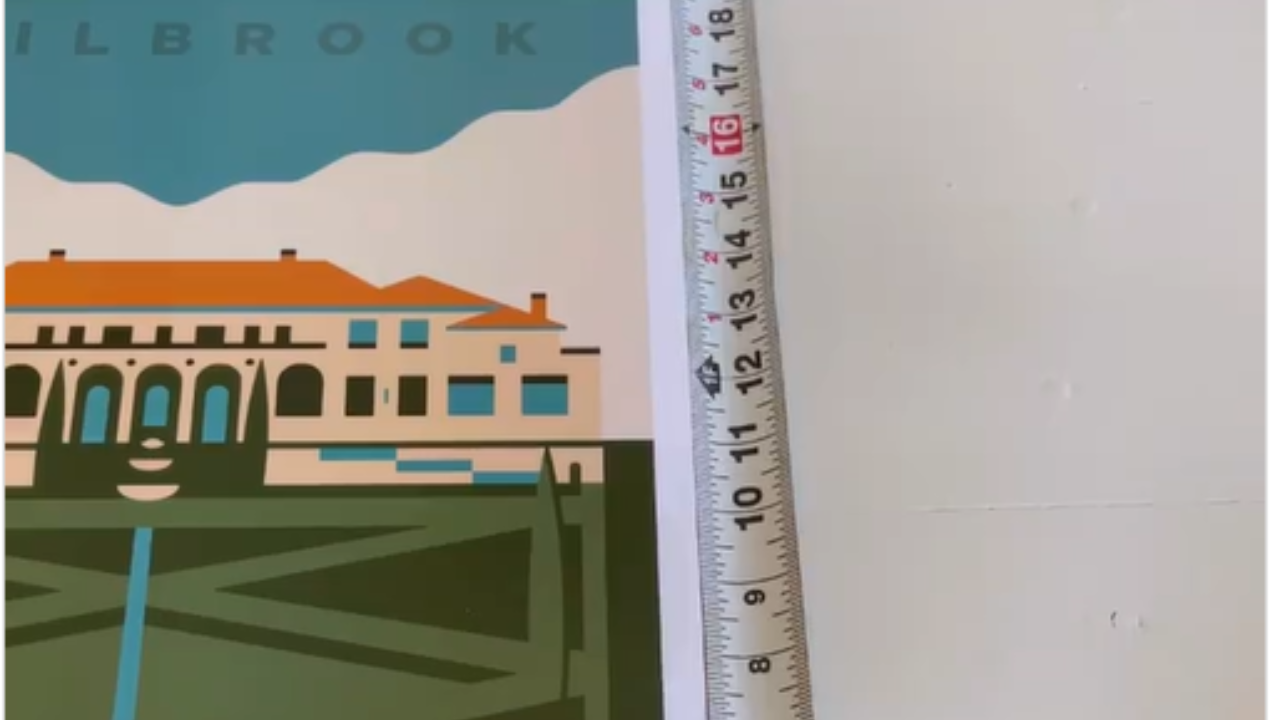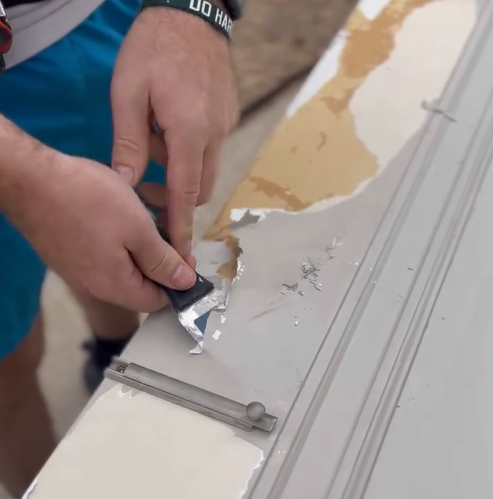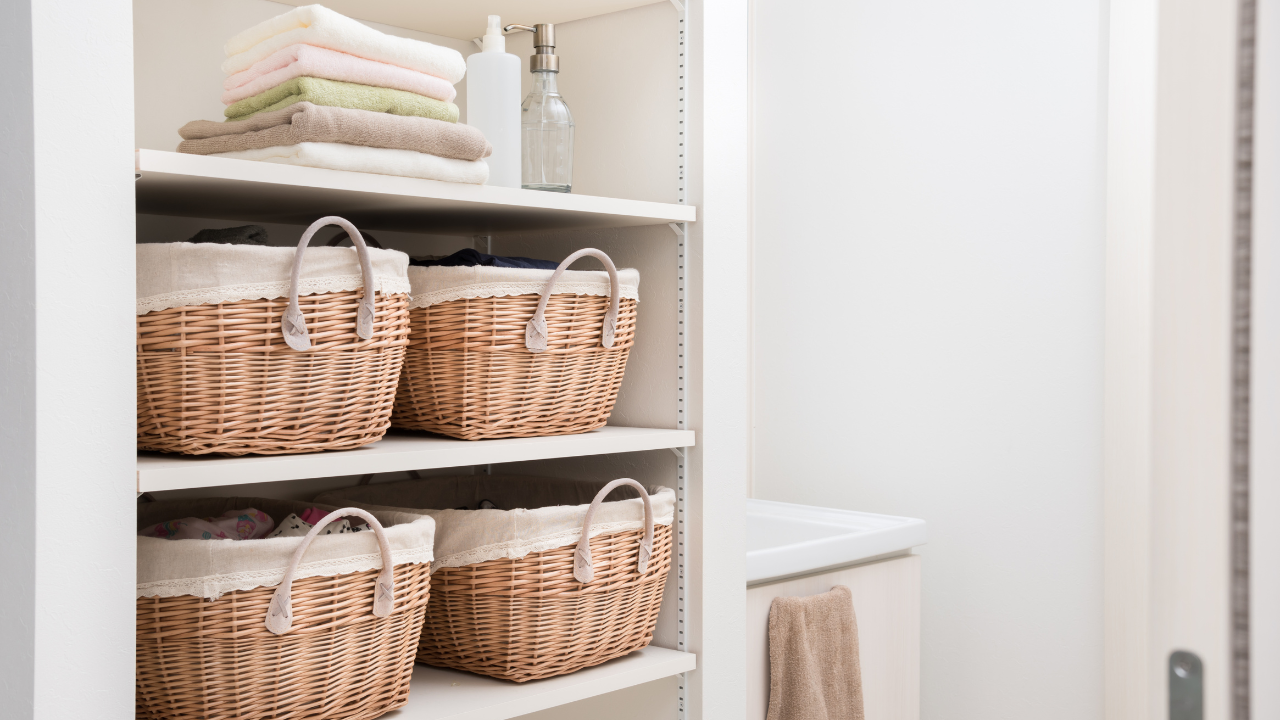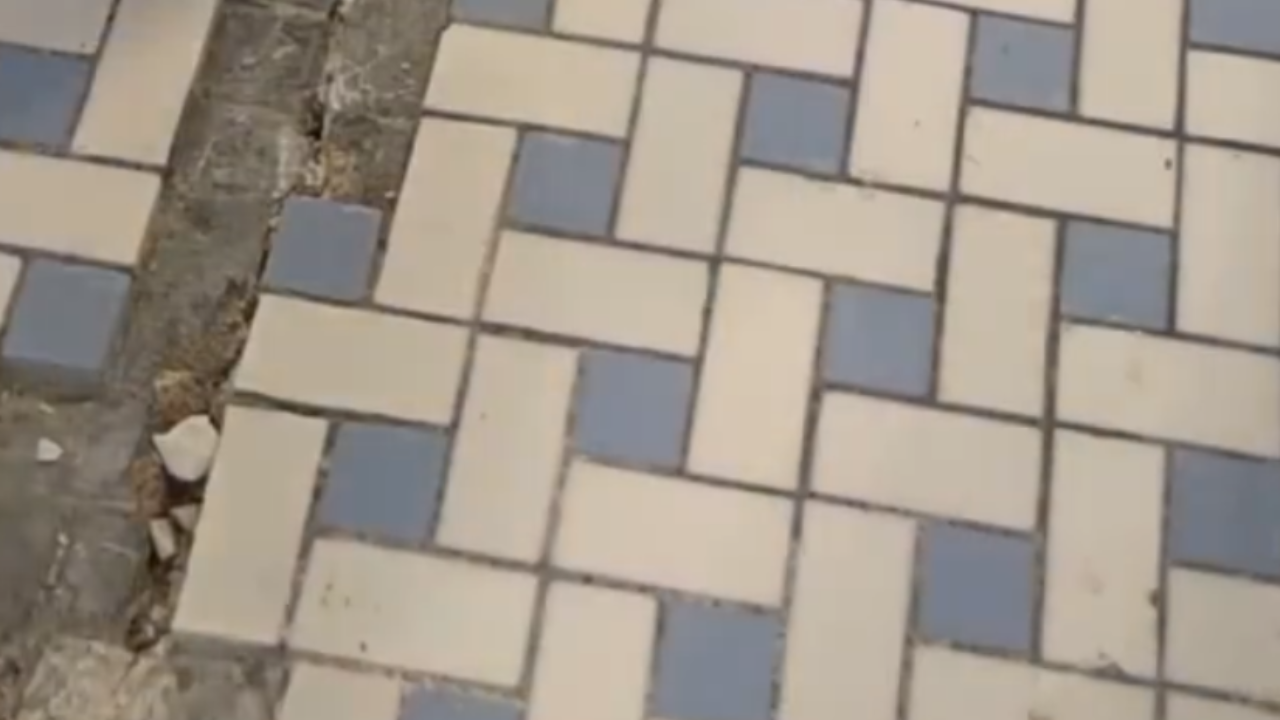
Mastering the Art of Staining Furniture
Learn how to stain furniture like a pro with this comprehensive guide! Discover tips for achieving a flawless finish and overcoming common staining challenges.
Ah, the joys of DIY furniture refinishing! There’s something incredibly satisfying about taking a drab and dated piece and turning it into a showstopper with just a few coats of stain. When I decided to tackle staining my vanity, little did I know the challenges that lay ahead. Despite my best efforts, I ended up with a splotchy stain that left me scratching my head. But fear not – where there’s a will, there’s a way! With a bit of experimentation and a touch of creativity, I discovered a technique that not only corrected the splotchiness but also added depth and character to the wood.
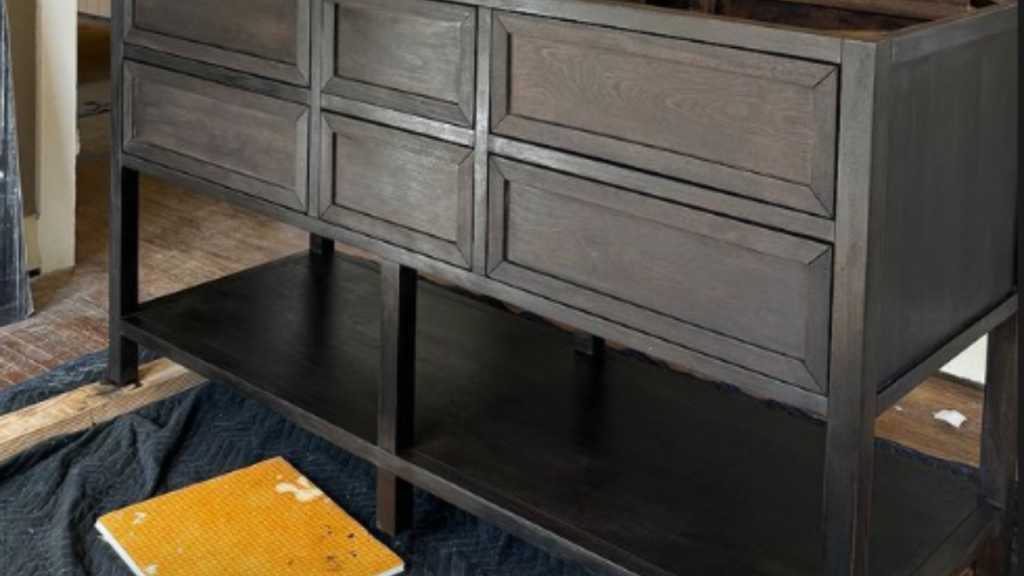
So, what’s the secret to overcoming splotchy stain? Enter the magic of whitewashing. Applying a thin coat of white paint or whitewash over the stained wood creates a barrier that helps even out the absorption of the stain, resulting in a more uniform finish. But we’re not stopping there – once the whitewash has dried, it’s time to add another layer of stain on top. This additional coat of stain not only enhances the wood’s natural beauty but also helps blend any remaining imperfections for a flawless result.
As I applied the final coat of stain to my vanity, I couldn’t help but marvel at the transformation taking place before my eyes. What was once a splotchy mess had now become a stunning centerpiece in my bathroom, radiating warmth and sophistication. The journey of refinishing furniture isn’t always smooth sailing, but it’s the challenges and the triumphs that make it all worthwhile. With a bit of patience, perseverance, and a willingness to think outside the box, you too can breathe new life into your furniture and create pieces that you’ll cherish for years to come.
Supplies
- Furniture stripper (if removing existing finish)
- Sandpaper (various grits)
- Stain (in the desired color)
- White paint or whitewash
- Paintbrushes or foam brushes
- Rags or lint-free cloths
- Wood conditioner (optional)
- Polyurethane or sealant (optional)
- Gloves and safety goggles
- Drop cloths or plastic sheeting
Instructions
- Prepare the surface of the furniture by sanding away any existing finish or imperfections.
- Apply a wood conditioner to the surface if working with porous wood to ensure even stain absorption.
- Stir or shake the stain thoroughly before applying it to the wood with a brush or cloth, following the grain.
- Allow the stain to penetrate the wood for the recommended time, then wipe away any excess with a clean cloth.
- Once the stain has dried completely, apply a thin coat of white paint or whitewash to the surface using a brush or cloth. I went in with watered down white primer, but you can buy whitewash that is already ready.
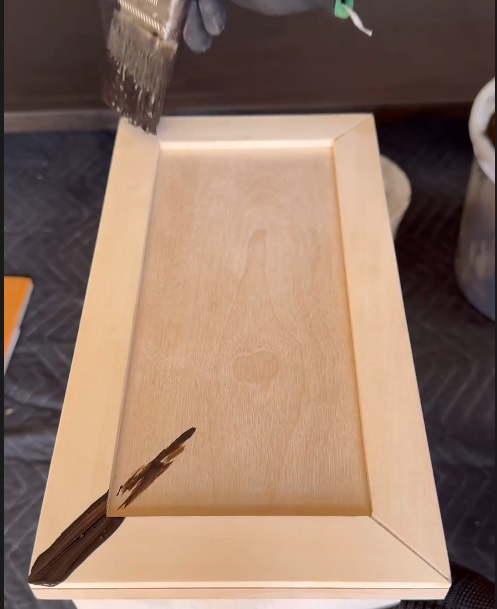

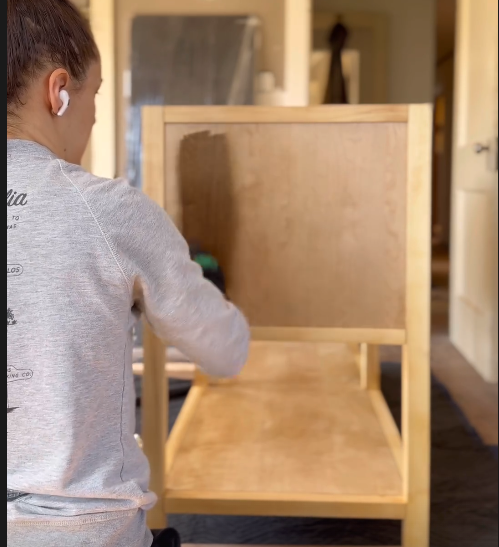
- Allow the whitewash to dry, then lightly sand the surface to distress and blend the paint with the stain.
- Apply another coat of stain over the whitewashed surface, working in small sections and wiping away any excess.
- Repeat the staining process as needed to achieve the desired depth of color and uniformity.
- If desired, finish the piece with a coat of polyurethane or sealant to protect the wood and enhance its durability.
Tips and Tricks
- Test the stain on a small, inconspicuous area of the furniture before applying it to the entire piece to ensure the desired color.
- Work in a well-ventilated area and wear protective gear, including gloves and safety goggles, when working with stain and paint.
- Use long, even strokes when applying the stain to prevent streaks and blotches.
- Allow each layer of stain or paint to dry completely before applying the next coat to avoid smudging or uneven coverage.
- Don’t be afraid to embrace imperfections – they add character and charm to your finished piece.
How do I fix splotchy stain on furniture?
To fix splotchy stains on furniture, consider using a technique called whitewashing. First, sand down the surface to remove any existing stain or imperfections. Then, apply a thin coat of white paint or whitewash over the stained wood. This acts as a barrier to even out the absorption of the stain, resulting in a more uniform finish. After the whitewash has dried, apply another layer of stain on top to enhance the wood’s natural beauty and blend any remaining imperfections. This method not only corrects splotchy stains but also adds depth and character to the wood, resulting in a beautifully restored piece of furniture.
Leave a Reply
I create some affiliate links through the Amazon Influencer program and the LTK platform. Because of this, I have the ability to earn small commissions from some purchases that you make while using my links (at no cost to you!). I so appreciate your support.
